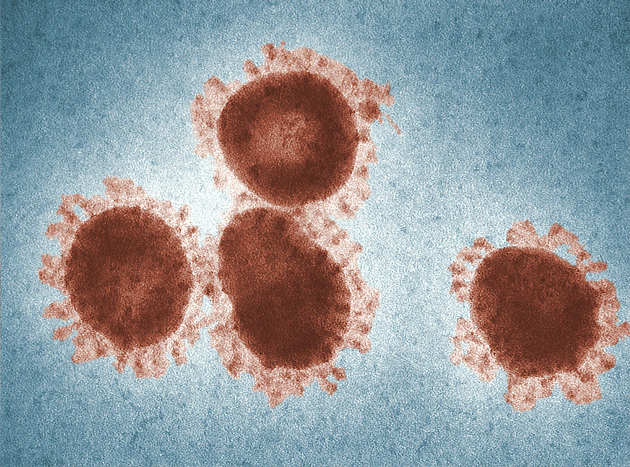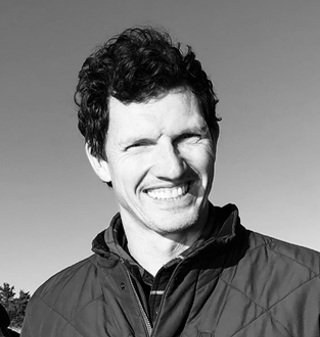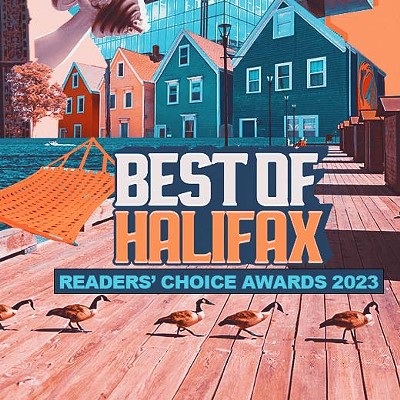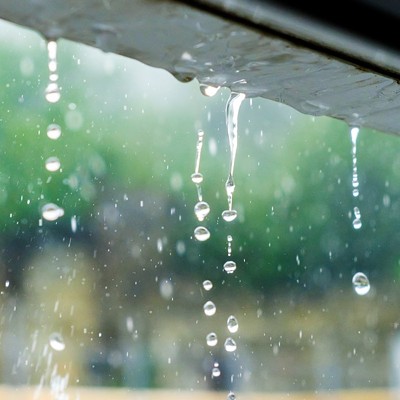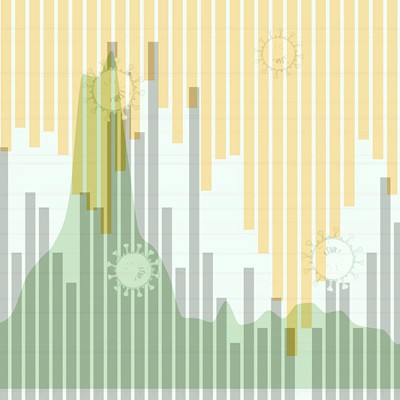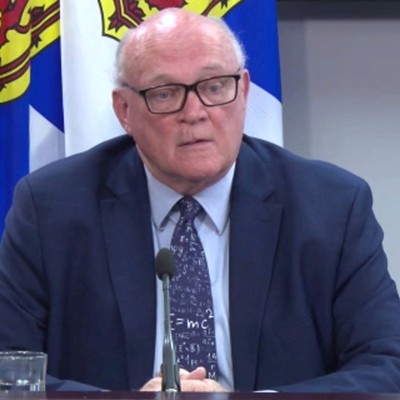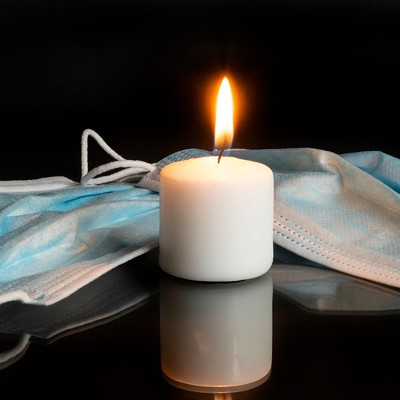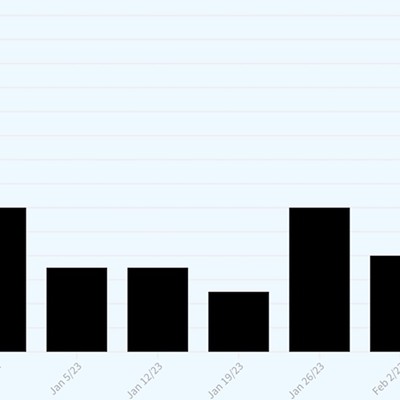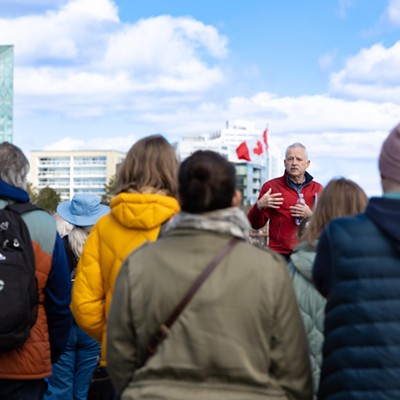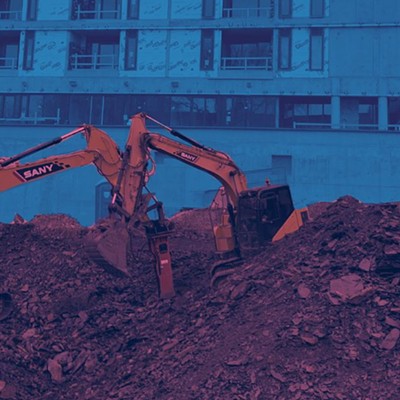There are two main ways to find out if you might have been unintentionally near someone with the coronavirus. First is the province's database of potential exposure sites, which you can access right now by clicking here. Second is the COVID Alert phone app. Read on for more about these options.
THE DATABASE
Contact tracing is public health detective work to get an idea where the virus is going, by figuring out who might have been exposed to an infected person: where did the contagious patient go, when were they there, who else was around. As part of this effort, the Nova Scotia Health Authority maintains a database of "potential COVID exposures," listing places, dates, times and instructions for what to do if you were in the wrong place at the wrong time.
This database is absolutely your best source of information for known exposure sites. News organizations try to keep up with the warnings NSHA sends out to media, but they (we) are only human, not electrons, so speed and fallibility are issues. And the database doesn't have any false reports like your dad saw in his Facebook feed. It's searchable and sortable, and if you ever leave your house, you should check it.
THE APP
COVID Alert is a phone app launched in July, 2020 by Health Canada, supported by most provinces—but not, as of this writing, Alberta, BC, Nunavut or Yukon. Nova Scotia joined up in mid-October better late than never.
The app follows your movements and keeps track of every time another app-enabled phone spends 15 minutes near yours—that's considered a contact. If someone with the app tests positive, they enter a code on their phone, then any contacts from the last two weeks get an alert. And it's all anonymous, optimized for use in a pandemic rather than a surveillance state. (Here's the how-it-works video.)
One big drawback of the smartphone app is that not everyone has a smartphone. Another is that you could be watching a parade of C19-infected app users, and even if some of them coughed in your mouth when you lowered your mask to eat cotton candy, the app wouldn't register a 15-minute contact. But if you have a phone and leave your Bluetooth on all the time—and remember never to eat cotton candy in public—the app is good to add to your plague toolbox.

